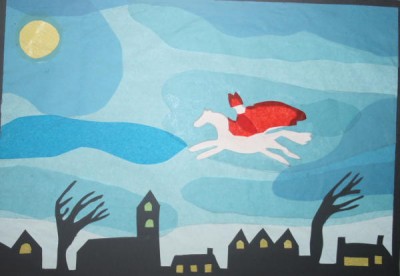Pink or blue bow? Customs in the world to welcome newborn babies

The birth bow is used to communicate to everyone the birth of a child, simultaneously expressing the immense joy of new parents and intimate relatives, such as grandparents, on this special day.
Not everyone knows, however, that in Italy there is also a law on the birth of a child: 113 of 29 January 1992, which obliges municipalities to plant a tree for every child who has come into the world, indicating the precise location on the birth certificate.
But let's see, now, what are the traditions and uses to welcome newborns around the world.
In Spain the color red
Red is the lucky color of Spain: the godmother of the newborn or mother-in-law gives the little one a blouse brings luck. Often this is red.
In Brazil the color yellow
In Brazil, yellow is the colour that brings luck to newcomers. For this reason, children almost always wear jumpsuits of this colour.
In Namibia the color red
In the Himba tribe in Namibia, newborns are painted red, the symbol of maturity. In fact, the baby that is colored red officially enters the world of the living.
New Zealand
The maori of the Cook Islands, in New Zealand, after the birth have the habit of burying the placenta in the ground, planting on a coconut tree. Depending on whether the palm grows vigorous or not, it is determined whether the child will become healthy and strong or weak and delicate. As for the umbilical cord, it is thrown into the sea if the newborn is male or into internal waters if it is female.
Japan
Japanese children officially join the community ten days after their birth. In addition, the Japanese celebrate the first month of life bringing the baby to the temple all together, parents and grandparents. And on the 100th day, the "okuizome": the newborn is seated at the table with the rest of the family to wish him a future full of gastronomic delights.
Greece
In Greece the little one is usually immersed three times in the baptismal, to symbolize the three days spent by Jesus in the tomb.
Cameroon
In the tribe of the Nso, in Cameroon, the placenta plays an important role: it is burnt at the entrance of the kitchen and buried in the garden along with the umbilical cord. This ritual protects the family and the newborn until they decide to live in that house.
India
In India there is a ritual to protect newborns from ghosts and diseases. A fire is prepared and incense and resins are set on fire. Then take the baby and keep it on top of the smoke.
Afghanistan
In Afghanistan, the baby's forehead is wrapped with a bandage for the first 40 days of life: this is a way to widen the forehead. In Islamic culture, the broad front is a symbol of intelligence.
Lucia Franco
When is the color of our baby's eyes final?
Will our baby's eyes be blue? Will they be green like Grandma's eyes or dark like Grandpa's? Or even brown like Mom and Dad's? Difficult to establish, especially during the first days of life of the cub, when..
ReadRed and Christmas
Red is the dominant colour at Christmas and New Year's Eve! Red baby clothing is also a must! It all originates from the cult of St. Nicholas, patron saint of children, from which derives the tradition of our..
Read

